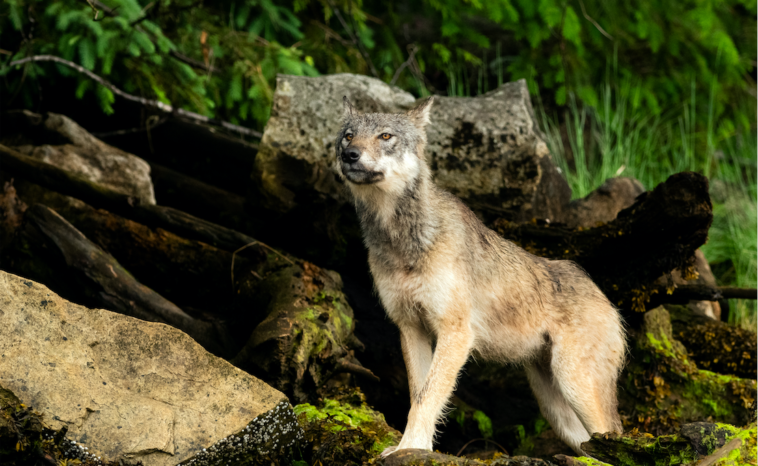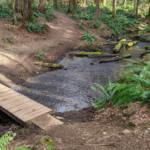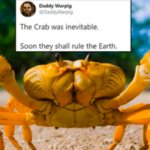Can humans ever safely co-exist with wild wolves? Why do humans crave closeness to wild creatures?
These questions are at the core of a new documentary called Part of the Pack from photographer/filmmaker Isabelle Groc and co-director Mike McKinlay. The film follows three people on Vancouver Island who have formed rare relationships with wolves.
Along the way, it explores the benefits and frequent dangers of intimate wolf-human interactions. Watch the trailer here.
Part of the Pack was just nominated for five Leo Awards and will air Tuesday, June 6, on British Columbia’s Knowledge Network.
Ahead of its premiere, West Coast Now spoke with Director Isabelle Groc to find out about the inspiration behind the documentary and why she thinks every West Coaster should be educated about wild wolves. This interview has been edited for brevity.
“While we cherish the ‘wildness’ of wolves and other animals, our quest to create intimacy with the wild has profound impacts on the very nature of what we consider wild.”
Isabelle Groc
WCN: What led you to become interested in wolves? Has this been a life-long passion?
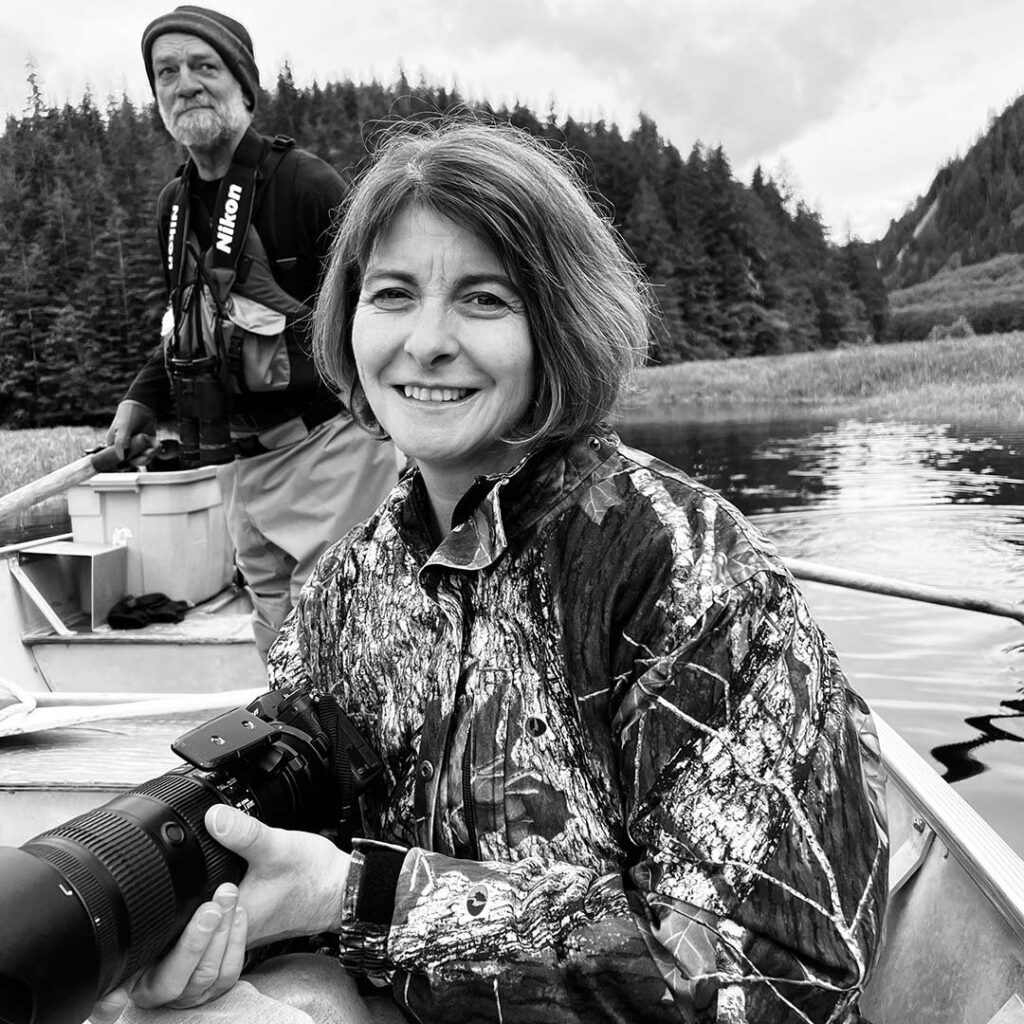
Isabelle Groc is a renowned writer, conservation photographer, author, documentary filmmaker, and speaker with numerous accolades. She holds master’s degrees in journalism from Columbia University and urban planning from the Massachusetts Institute of Technology, allowing her to provide a unique perspective in documenting the impacts of human activities on endangered species and habitats. Photo Credit: Isabelle Groc on Facebook.
IG: I have always been interested in wolves because they symbolize our complex, ambiguous, and evolving relationship with the wild. I became even more interested in wolves after a personal encounter with a coastal wolf. I was camping on a remote area of Vancouver Island, and a coastal wolf suddenly appeared. The wolf was walking along the shoreline in search of the food of the sea, stopped briefly to look at us, and then continued on its journey. It was a magical and peaceful experience but also reminded me that wolves and other wildlife species have to navigate spaces that have an increasing human presence.
Later, I began hearing about people — often with dogs off leash — having encounters with wolves in the Tofino area, but these encounters were often negative and involved conflicts with the dogs. I became even more intrigued about the complexity of this story of coexistence between people and wolves, and this is what inspired me to make this film.
WCN: As we increasingly encroach upon their habitat, do you think humans and wolves can find a way to live in harmony together?
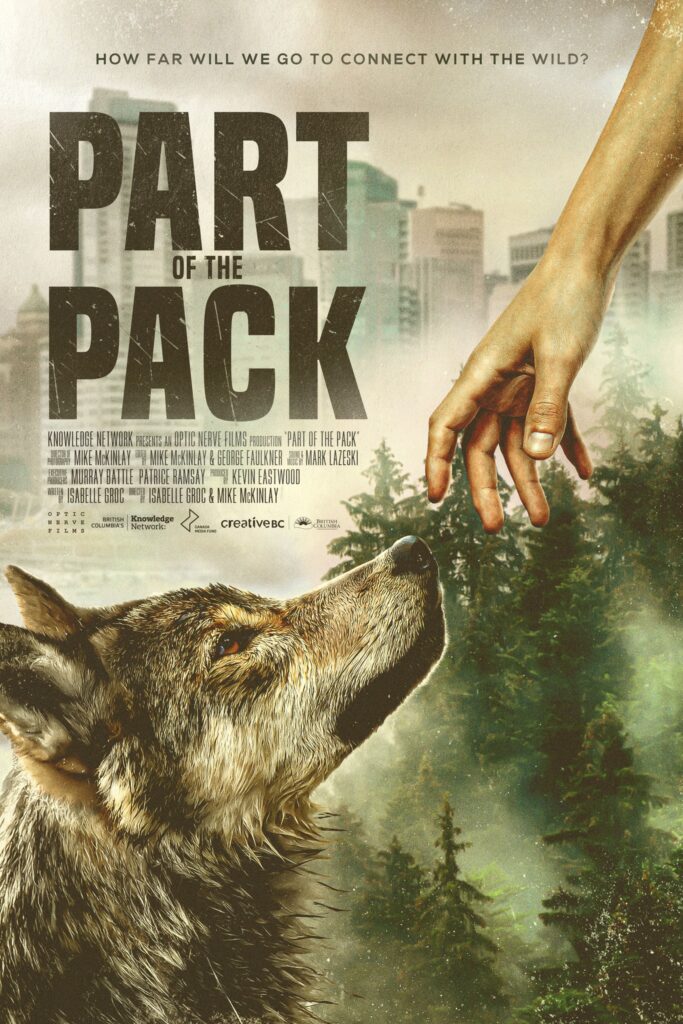
After decades of mistreatment, British Columbia’s coastal wolves are returning to the landscape. However, as more wild spaces are fragmented or destroyed to make way for urban development, wolves are coming back into a territory with increasing human presence. While we cherish the ‘wildness’ of wolves and other animals, our quest to create intimacy with the wild has profound impacts on the very nature of what we consider wild.
Wolves have shown us that they are able to adapt and coexist with us. They do not seek humans out, and there is a lot we can learn from wolves in that way. It is now our responsibility to give them the space they need to thrive and simply enjoy the presence of these animals on a landscape from a distance. The film invites audiences to rethink their attitudes towards not just wolves, but all wildlife species we may encounter, coyotes, bears, and what we can do to keep these animals safe and wild.
“Wolves today are still not safe in B.C. since they can still be legally hunted.”
Isabelle Groc
WCN: What makes this story so unique to BC? Why do we as West Coasters need to be informed about wild wolves?
Part of the Pack was entirely shot in British Columbia, Vancouver and Vancouver Island. It is an important West Coast story for people to be aware of, as the film features coastal wolves, a unique wildlife species that we have here in British Columbia. Coastal wolves (also known as “sea wolves”) are unique because they spend much of their time on beaches, swimming between islands in search of food.
But wolves today are still not safe in B.C. since they can still be legally hunted. We hope this film can help mobilize the public to support conservation organizations that seek to get the British Columbia government to ban wolf hunting in the province.
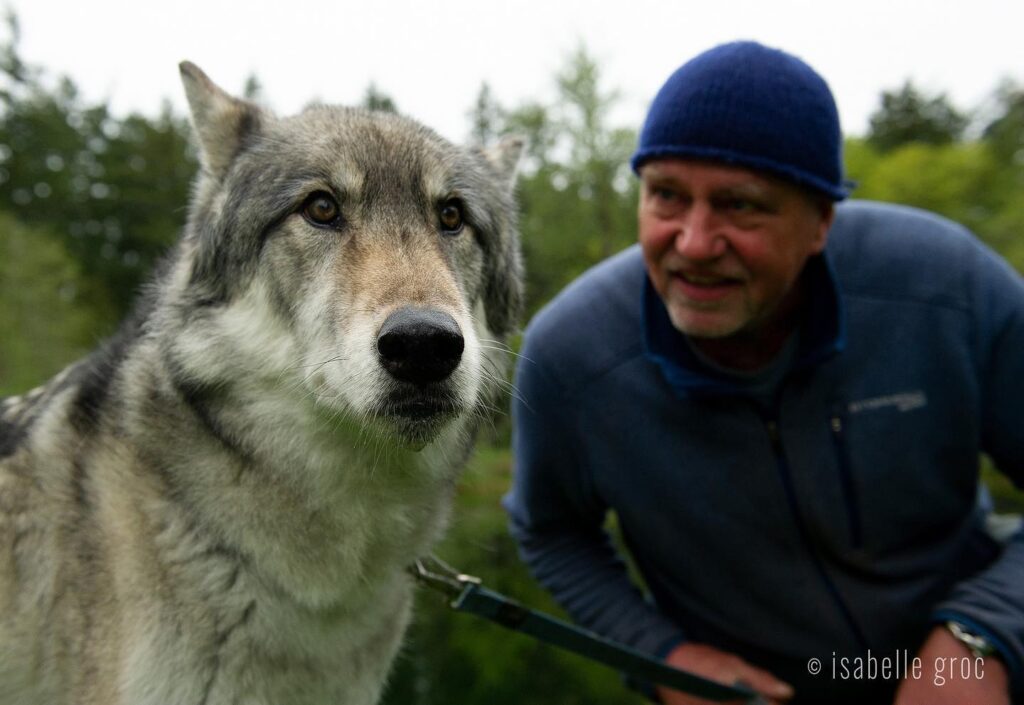
Be sure to catch Part of the Pack Tuesday, June 6 at 9pm on Knowledge Network and streaming nation-wide via www.knowledge.ca.




